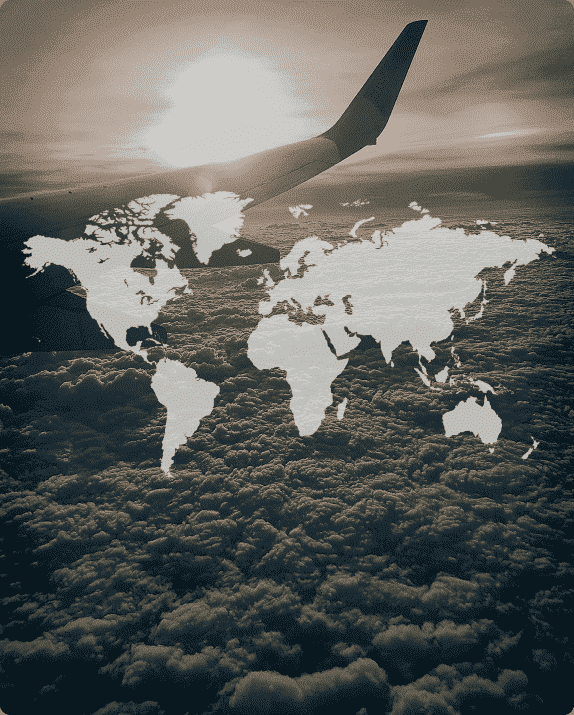
Flights | Hotels | Cars
BOOK WITH CONFIDENCE
Forgot Password?
Forgot Password?
This Field is mandatory
This Field is mandatory

BOOK WITH CONFIDENCE


Live Support Hours 24x7
Call Toll Free (New Bookings)
+1 888 738 0966For Customer Support
+1 888 738 0966
Ooooooops!!!!!!!!!
Seems like the url which you are trying to access is not found on our system !!!